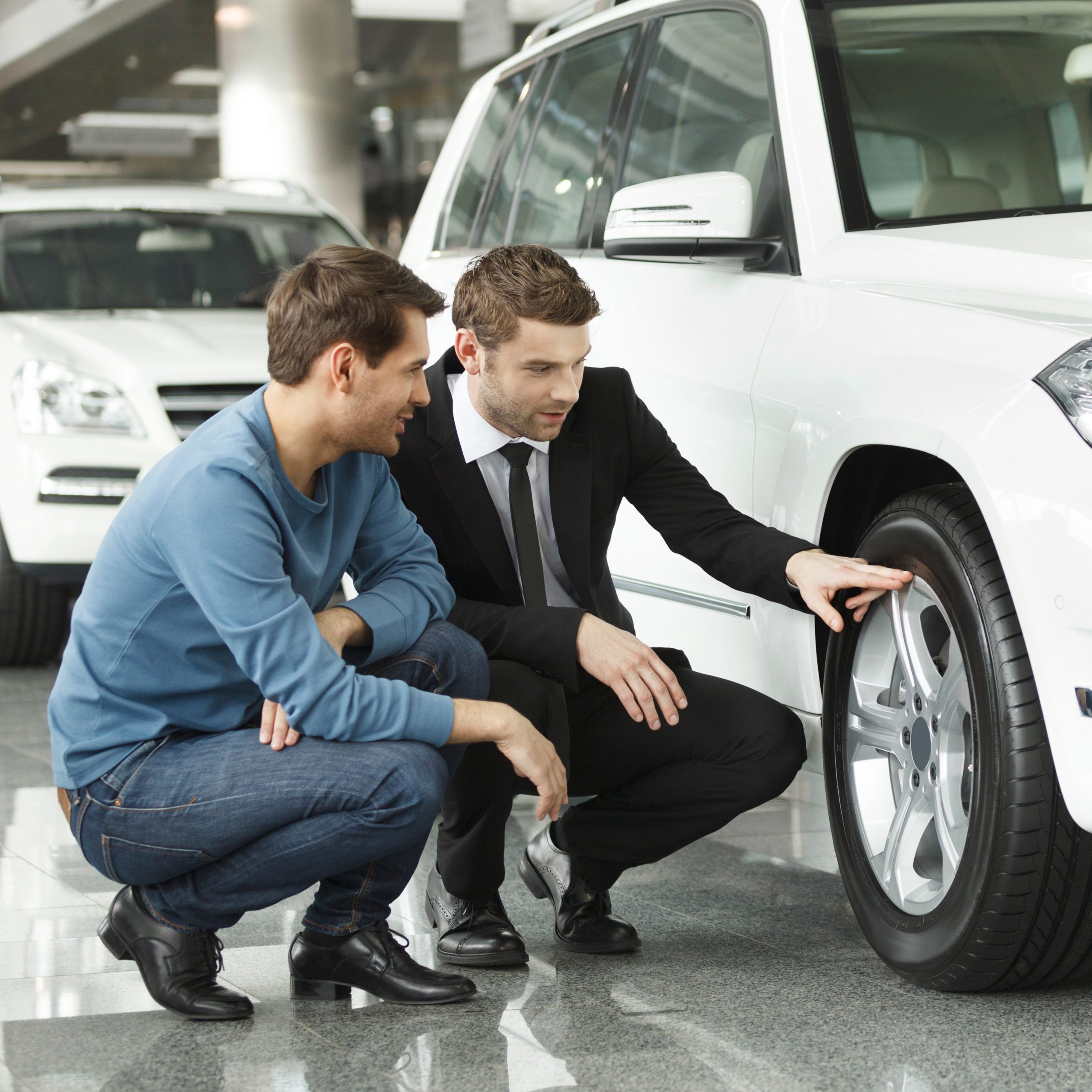The past few decades have seen a technology boom across all industries, including automotive, that has changed buying habits, expectations, and landscapes forever. The dealer who embraces serving today’s customers is the one who future-proofs their business.
Consumer expectations: Respecting the landscape
The migration to e-commerce has impacted the automotive industry significantly. Today’s reporting tells us that 95% of car buyers will start their shopping process digitally. However, the same reporting also finds less than 5% of customers will complete the transaction entirely online without ever stepping foot in the dealership, meaning that most customers today expect a blended buying experience.
And today’s automotive customers have high expectations for that blended experience. They expect it to be seamless, intuitive, and transparent. Though, to be clear, those expectations aren’t considered “high” in most other industries. Conveniences like faster wifi, same-day delivery, smart assistants, grocery delivery, and similar services have become the norm.
For a dealership to continue being successful in the years to come, it is essential to understand and adapt to what modern customers want. However, that can be challenging if online and in-store tools are not connected.
Understanding the challenges: Vet your processes today
It’s 2023; one of your resolutions should be to help level up your dealership and offer the same buying experience online and in-store, regardless of where the customer begins their journey.
The very first thing you should audit in your current retailing processes is the connection between your online process and your in-store process. Are they connected? Do they look similar to a customer? Does any step repeat in-store?
The top three elements consumers want in their buying experience are convenience, speed, and ease of use. If the customer who started their buying process online has to repeat the same steps when they get to the dealership – trade valuation, credit app, selecting payments, etc. – it negates all three of their top wants. Not to mention your staff is wasting time repeating these same steps.
Another challenge of a disconnected online to in-store buying and selling experience – and one with big consequences – is accurate payments that match. When more than half of car shoppers want to know their payment before agreeing to a test drive, payments generated online and in-store must match. How else can you serve your average customer?
When payments generated using one tool online don’t match the deal penciled in-store, someone is paying that difference. Either a dealer is backing into the price promised online, or the customer walks away with a higher payment than they were initially promised. The lack of connectedness between online and offline tools creates frustration on both sides, leaving the car-buying process feeling disjointed, complicated, and untrustworthy.
 Understanding the solution: How you can succeed
Understanding the solution: How you can succeed
Imagine a smooth and efficient process for your sales team, where every customer interaction is easily tracked and updated in a single, fully integrated system with a shared customer record across touchpoints. One in which your sales team can easily follow a customer’s journey and progress while they transact on your site. They can jump in to answer a question, preventing defection or stopping them from dropping out of the online buying process. Imagine if your customers could pick up their transaction right where they left off when they walk through the door to find the exact same payment they selected while online.
Now that’s living up to the convenient, speedy, easy-to-use method customers desire when buying a car.
Build the foundations for your future
In brief, customers’ expectations are not unrealistic, nor is asking your staff to meet and exceed them. What’s been missing is a technology that fulfills the needs of today’s consumer, whether a transaction occurs 100% online or, like most shoppers, in a blended fashion.
Do your homework to find the tools that integrate and operate as an ecosystem to allow you to synchronize your experiences for the blended buyer and for your own staff.
The automotive industry has significantly shifted towards online shopping. Most customers expect a blended experience that seamlessly integrates online and in-store interactions. As the number of customers shopping for cars online continues to rise, dealerships must adapt by providing a smooth, seamless, and transparent car-buying process. Doing so will earn the trust and respect of customers, resulting in higher satisfaction, repeat business, and a future-proofed business that can continue to succeed in an evolving consumer landscape.
Did you enjoy this article? Please share your thoughts, comments, or questions regarding this topic by connecting with us at newsroom@cbtnews.com.
Be sure to follow us on Facebook, LinkedIn, and TikTok to stay up to date.
While you’re here, don’t forget to subscribe to our email newsletter for all the latest auto industry news from CBT News.




